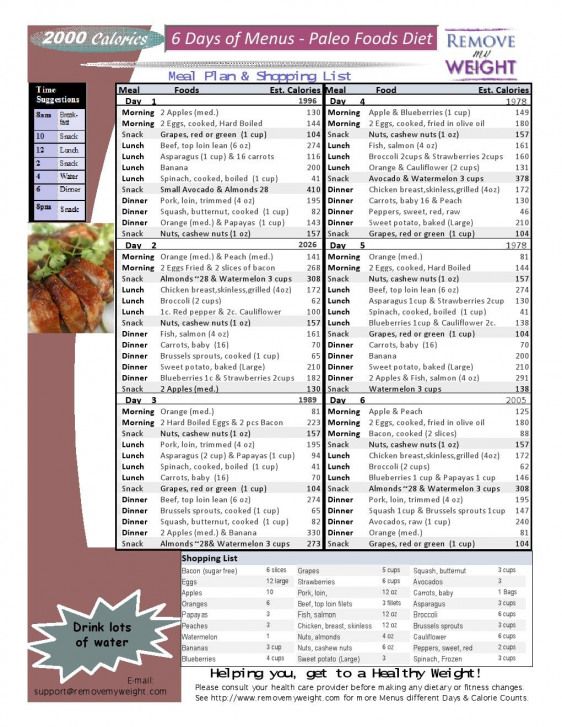When do babies drop feeds
My Sweet Sleeper - How and when to drop a night feed
Some of the most precious and bonding moments we have with our babies are the moments we spend feeding them, but as time goes on, getting up multiple times per night to feed may not seem quite as precious as it did in the newborn stage.
At 3-6 months of age, your baby probably only needs 1-2 feeds per night: one at the beginning of the night (could be a dream feed), and one in the early hours of the morning. Unless there is a concern with their weight, they are unlikely to need more than that.
By 6/7 months, your baby likely is ready to drop the night feeds completely. However, keep in mind that many babies still need a early morning feed (between 3-5am) until 12 months!
For babies that are waking more than that, chances are that they are not actually hungry, but just wanting to be soothed. If this is the case, it is definitely time to teach your baby to self-soothe, but it also may be time to drop a night feed.
If you’re ready to drop a night feed (and so is your baby), here are a few ways to do that...
Adjust daytime calories: Anytime you are getting ready to drop a night feed, you want to ensure that your child is getting adequate nutrition throughout the day. This means that if your child is currently relying on calories overnight to make-up for missing feeds during the day, you want to work on shifting those calories. This may mean waking up your child from a long nap, or timing naps differently so they don't interfere with feeding times. Newborns should have a feed every 2.5-3 hours during the day, and for older babies, that stretches to every 2.5-3.5 hours during the day.
Keep your baby awake for the last feed before bed: If your child is struggling to get full feeds, especially right before bed, you may need to turn on a dim light, take off some of their clothes, or rub their feet to try to keep them stimulated. While we typically recommend night feeds happen in a dark environment, feeds right before bed can be done in a brighter environment since we want to ensure a full feed. If your baby falls asleep during a feed, chances are they did not get the calories that they need for the night. While you don’t want to stuff your baby before bed, you do want to ensure your baby gets a full feed to help them get a good long stretch of sleep.
If your baby falls asleep during a feed, chances are they did not get the calories that they need for the night. While you don’t want to stuff your baby before bed, you do want to ensure your baby gets a full feed to help them get a good long stretch of sleep.
Gradually decrease ounces or time spent feeding each night: If you are in the process of dropping a feed, commit to decreasing time spent breastfeeding, or if you are bottle feeding, decrease ounces in the child's bottle. Do this gradually over the course of one week, one ounce at a time, rather than making a sudden change in one day. For many breastfeeding moms, they may only offer feeding only on one side or cut down by about 1-3 minutes each night. Your baby will adjust to the change in caloric intake by getting fuller feeds during the day.
Bring in other soothing methods when baby wakes up: If feeding is the only way your child has been put to sleep or back to sleep, then you may be nervous to drop the night feed for that reason alone. But instead of immediately feeding your baby upon their wake-up, try pausing for five minutes to see if they will self-settle. If not, try soothing your baby in other ways, such as using a pacifier, shushing, or rubbing your baby's head/back, and cycle through these methods. Always soothe your baby while keeping them in the crib before picking up (ie. to rock or bounce). Your baby will eventually catch on after consistency with this! For more information, see Five ways to teach your baby to self-soothe.
But instead of immediately feeding your baby upon their wake-up, try pausing for five minutes to see if they will self-settle. If not, try soothing your baby in other ways, such as using a pacifier, shushing, or rubbing your baby's head/back, and cycle through these methods. Always soothe your baby while keeping them in the crib before picking up (ie. to rock or bounce). Your baby will eventually catch on after consistency with this! For more information, see Five ways to teach your baby to self-soothe.
When and How to Drop a Milk Feed — Malina Malkani
Timing is everything...
Once a baby has more or less gotten the hang of eating at meals, it can start to feel like you’re feeding constantly. No sooner than one milk feed ends, it’s time to offer solids at the table, and once the table meal is done, it seems like time to prep a bottle or breastfeed again!
If a baby is eating and growing well but you feel that you are feeding around the clock, it may be time to drop a milk feed, although many parents are unsure how.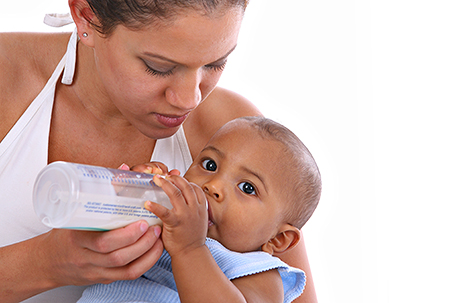 There is no right or wrong way to approach this very personal process; this post is meant to provide information about the choices and considerations that can help guide you while you decide what’s best for you and your baby.
There is no right or wrong way to approach this very personal process; this post is meant to provide information about the choices and considerations that can help guide you while you decide what’s best for you and your baby.
The transition from breast milk or formula to primarily table foods can be seen as a progression of phases or steps which can look different from baby to baby. In general, these steps usually begin at around 6 months of age and end around 12-15 months, but every baby develops at his or her own rate and on his or her own timeline.
It is not wrong to start dropping milk feeds later, nor is it wrong to take plenty of time to move toward the end of the progression. Parents of babies born prematurely also need to take corrected age into consideration. And there are often backtracks during the process. For example, you might find a couple weeks here or there where baby seems to want to eat less solid food and breastfeed or formula feed more as a result of sickness, teething discomfort, or a variety of other reasons.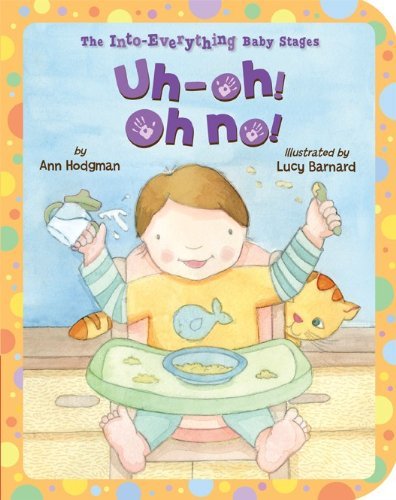
The 4 phases of weaning:
During the first phase, baby begins trying different solid foods. This phase is mostly a time of exploration, so milk feeds usually continue normally.
In the second phase, baby begins to swallow more food. If the meals offered are balanced and nutrient-rich, parents can consider dropping a milk feed. It is also perfectly fine to keep milk feeds at the same amount.
In the third phase, baby’s feeding skills are developing and he or she starts consuming more solid food at meals. For many babies, this happens at about 9 months of age. Meals start to feel more like actual meals as opposed to mostly exploration and play. Babies at this stage usually start filling up more from food and as a result, taking in less milk. Dropping a milk feed or two often happens naturally.
In the fourth phase, baby is getting most of his or her nutrition from food, and if 12 months of age or older, he or she can transition to cow’s milk or a quality plant milk in lieu of formula.
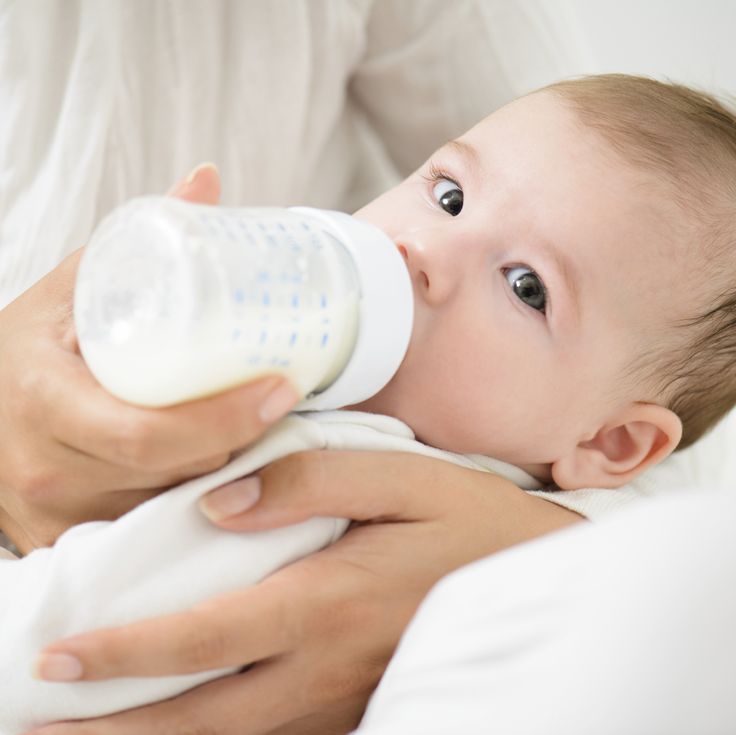 Toddlers can also absolutely keep breastfeeding after turning one year old. In fact, the World Health Organization supports breastfeeding up to age two and beyond. Do what works best for you, your baby and your family!
Toddlers can also absolutely keep breastfeeding after turning one year old. In fact, the World Health Organization supports breastfeeding up to age two and beyond. Do what works best for you, your baby and your family!
Many parents want specific ages for this developmental progression, but as with many questions regarding weaning, the answer is, “it depends.” Specifically, it depends on the baby’s development, whether baby was premature, and how much exposure to solid foods baby has had, and more. A baby’s exposure to solids can be increased by parents and caregivers, but the amount of food a baby eats is dependent on different variables such as level of interest in solids, development of feeding skills, and specific medical concerns.
That said, many babies are ready to drop a milk feed by around 8-9 months given that they are usually in phase two or three at this point. The dropped milk feed can come at any point in the day that works best for you. Many parents find it easiest to drop a midday milk feed and replace it with lunch. There’s no right or wrong way to go here!
Many parents find it easiest to drop a midday milk feed and replace it with lunch. There’s no right or wrong way to go here!
As far as when to offer solid foods versus when to offer breast milk or formula, a general rule of thumb is to move toward feeding milk after meals, rather than before. This way, baby feels hungry for mealtime and begins to associate solid foods with satisfaction. Note that drinking a lot of milk right before a meal can reduce interest in foods, even in older children.
Many parents are worried that if they offer milk after meals or drop a milk feed, the baby will get too hungry. This makes perfect sense given how concerned we are as parents about nourishing our little ones and keeping them comfortable. However, if we feed the baby too many times throughout the day, he or she may never truly feel hunger, which denies him or her the opportunity to connect solid foods with satisfaction from hunger. As babies develop, it’s okay to let them go longer periods of time between meals and milk feeds.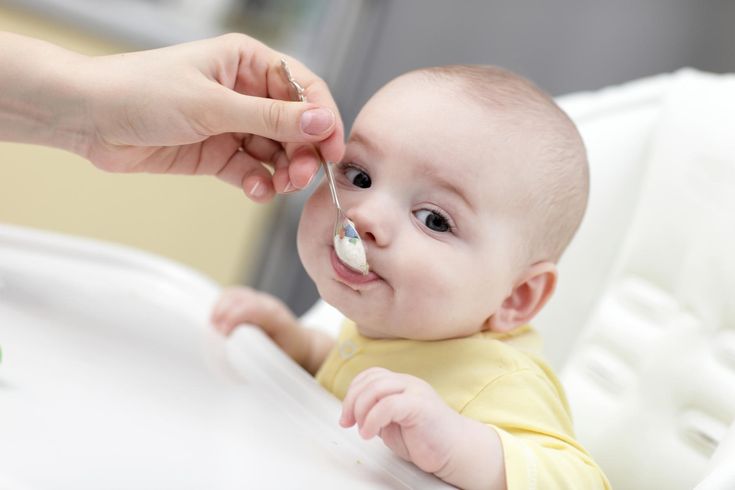 The key is timing meals and finding that sweet spot where baby is hungry enough to enjoy the solid foods, but not so hungry that he or she has a meltdown.
The key is timing meals and finding that sweet spot where baby is hungry enough to enjoy the solid foods, but not so hungry that he or she has a meltdown.
I’m often asked if it’s okay to wean “cold turkey.” In general, except for some medical reasons, it is better to take a gradual approach if you can. If mom is breastfeeding, stopping abruptly can increase the risk of engorgement and mastitis, and baby may intensely resist the sudden change. If immediate weaning is necessary, however, this link has some helpful information about how to avoid severe consequences.
In the same vein, gradually transitioning from formula to cow’s milk is also often more successful than abruptly switching from formula to a bottle of cow’s milk right at age 1, which can sometimes result in a baby who refuses all bottles. Instead, gradually mixing in small amounts of cow’s milk or another nutritionally adequate plant-based milk to breastmilk or formula can help ease the transition gently.
However you decide to drop a milk feed and move toward full weaning, know that there is no wrong way to do it. Take comfort in the fact that babies are incredible at meeting their nutrient needs when we let them lead the way!
Take comfort in the fact that babies are incredible at meeting their nutrient needs when we let them lead the way!
If you are looking for specific nutrition guidance for your babies, kids or for yourself, I’m always happy to schedule a virtual consult!
And if you’re getting ready to start your baby on solids, or if your baby has recently begun his or her feeding journey and you need guidance on food sizing, balanced baby meals, introducing the top allergenic foods, and making sure baby is getting the important nutrients needed for growth and development during infancy, check out my new online course for parents, based on my best-selling book which will walk you through the whole process of starting solids using a baby-led approach.
Thank you to my dietetic intern, Annie Hanes for her research and contributions to this post!
8 reasons why a child refuses to eat
Our life is impossible without food. From birth, a child has an instinct for eating. And with age, he does not cease to understand whether he wants to eat or not. Therefore, forcing a child to eat on the part of the parents is wrong. If the child grows and develops normally, then let him eat what he wants and how much he wants. Forcing the baby to eat, you can easily break his natural sense of proportion, and then fight overeating and being overweight. All children are different and it is important to give the child the amount of food that will satisfy his needs. And these needs depend on various factors. If the little one refuses to eat, try to understand the reason for this behavior.
And with age, he does not cease to understand whether he wants to eat or not. Therefore, forcing a child to eat on the part of the parents is wrong. If the child grows and develops normally, then let him eat what he wants and how much he wants. Forcing the baby to eat, you can easily break his natural sense of proportion, and then fight overeating and being overweight. All children are different and it is important to give the child the amount of food that will satisfy his needs. And these needs depend on various factors. If the little one refuses to eat, try to understand the reason for this behavior.
1. The child is not hungry. Even if a long time has passed since the last meal, it is possible that the child is still full. Parents should take into account the calorie content of food and the energy consumption of the child. If the meal was high in calories, but after that the child watched cartoons and did not run in the yard, then he may not want to eat for a long time. Physical activity encourages the body to expend energy and the child will get hungry faster.
Physical activity encourages the body to expend energy and the child will get hungry faster.
2. The child does not have a daily routine. It is advisable to feed the baby at about the same time. The optimal portion for a child is two of his palms folded together. In addition, it is necessary that the child every day spend time in the fresh air and go to bed on time. If the child has little active pastime, then do not be surprised that he does not eat well.
3. The child is ill. Lack of appetite may be a symptom of some disease. Many children begin to eat badly when they are teething. Often the child refuses food when he has a fever. Before forcing a child to finish eating porridge, make sure that he is healthy.
4. The child "interrupts" the appetite. Sometimes snacking can cause a child to eat poorly at lunch or dinner. Do not give any cookies or sweets if you plan to sit down at the table soon.
5. The child does not like a particular dish. The baby may not refuse food in general, but simply milk porridge or borscht. Everyone has their preferences and kids have them too. Consider your child's preferences when planning menus. Accustom the little one to new tastes gradually, in the same way as complementary foods were introduced. Children are reluctant to perceive new tastes, but if given often and a little bit, they get used to it.
The baby may not refuse food in general, but simply milk porridge or borscht. Everyone has their preferences and kids have them too. Consider your child's preferences when planning menus. Accustom the little one to new tastes gradually, in the same way as complementary foods were introduced. Children are reluctant to perceive new tastes, but if given often and a little bit, they get used to it.
6. The child has psychological problems. Children subtly feel the psychological situation in the family. Refusal to eat may be associated with a desire to attract the attention of parents to their person.
7. The child developed an eating neurosis. If parents force the child to eat regularly, without taking into account his desire, then the baby may develop food neurosis. Such children begin to cry at the sight of a plate, they can run away to another room and become hysterical.
8. All children are different. Do not compare your child with other children. All have their own physical characteristics. If the baby eats little, just make these small portions as healthy and nutritious as possible, but do not force him to eat more than he wants.
All have their own physical characteristics. If the baby eats little, just make these small portions as healthy and nutritious as possible, but do not force him to eat more than he wants.
Do not treat the refusal of food as disobedience and whims. Try to understand what the problem is and solve it. Think and analyze your behavior, did you do everything as it should? If you realize what you did wrong, then try to quickly correct your mistakes. Use methods such as fairy tale therapy. Before going to bed, the child will listen with pleasure about his favorite fairy-tale hero, who ate well, so he was strong and courageous. Try to interest the child in the beautiful design of the dish. Ordinary products can become a castle, a car, a cute face - there is room for parental imagination to roam.
Refusal to eat | Nestlé Health Science
- Nestlé Health Science
- health care
- Refusal to eat
Refusal to eat is a feeding problem that usually occurs when the baby is six to nine months old.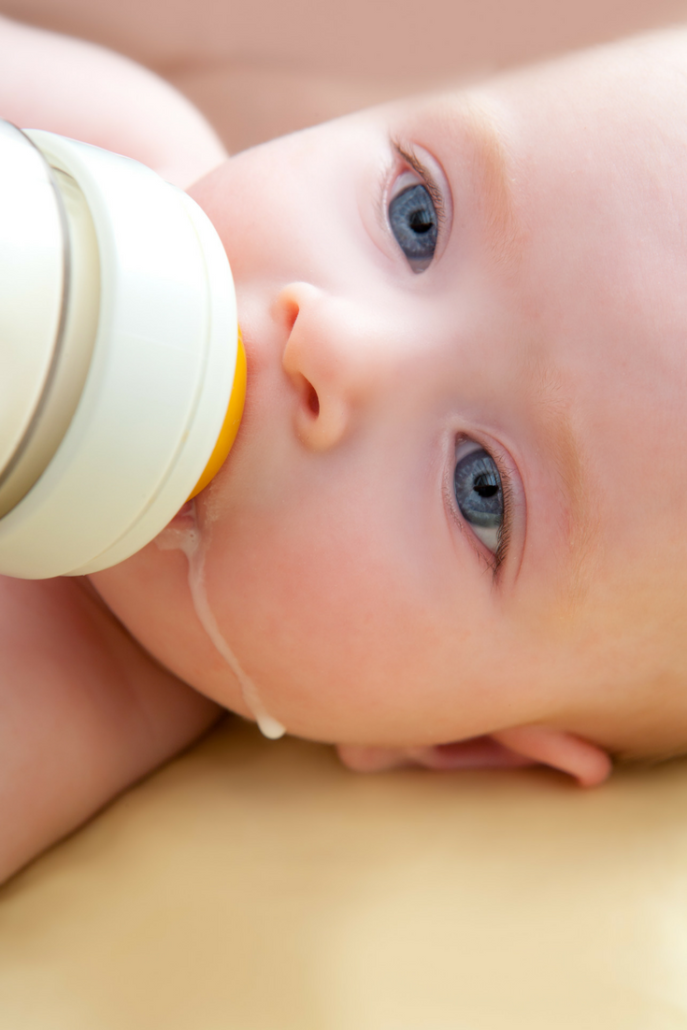 If the child does not eat due to excessive refusal to eat or lack of appetite, this can lead to growth problems.
If the child does not eat due to excessive refusal to eat or lack of appetite, this can lead to growth problems.
Why is my child not eating?
As your baby develops, he will begin to establish a feeding routine with you. If you or your baby is not easily recognizing feeding signals, it can lead to confusion and refusal to eat.
An underlying medical condition may also be present, which can upset the child and lead to refusal to eat. A traumatic experience from eating a food that causes choking or vomiting can also lead a child to refuse to eat.
Symptom analysis
Could it be CMPA?
A child who does not eat or refuses to eat presents a typical symptom for infants with Cow's Milk Protein Allergy (CMP) .
Children with CMPA usually have more than one symptom, and these symptoms can be very different from each other.
If your child refuses to eat it could be CMPA.
You may have noticed other symptoms (besides refusal to eat) that may affect other parts of the child's body.
For a simple and easy way to check for typical symptoms associated with CMPA, you can use our Symptom Checker.
It will allow you to select all cow's milk symptoms your baby may have. You can then discuss this with your doctor.
In any case, if you have any doubts or concerns about your child's health, you should consult a healthcare professional as soon as possible.
Other symptoms of cow's milk protein allergy
ANAPHILACTIC SHOCK
View product
CRYING AND COLIC
View product
CONSTIPATION
View product
COUGH
View product
DIARRHEA
View product
ECZEMA
View product
GROWTH DISTURBANCE
View product
urticaria
View product
RASH
View product
REFLUX AND BUCK
View product
Runny nose and sneezing
View product
EDITEC
View product
VOMITING
View product
HRIP
View product
IMPORTANT NOTE: : It is possible to continue breastfeeding if the infant is allergic to cow's milk protein.











